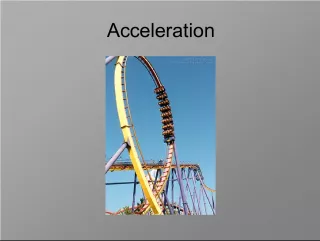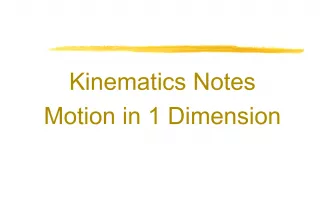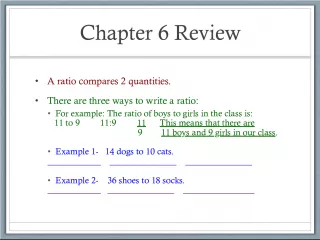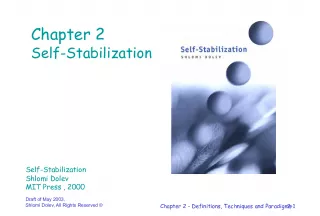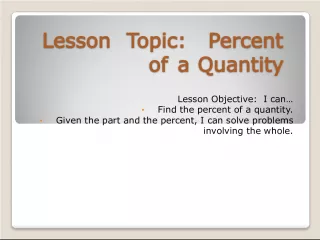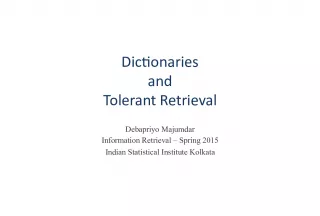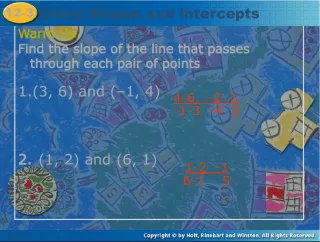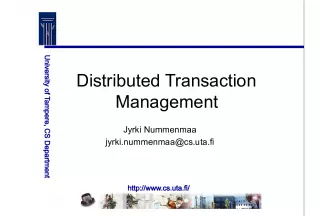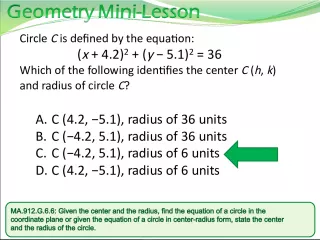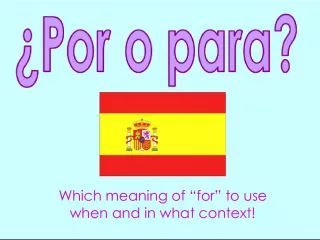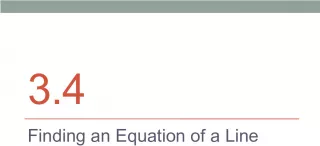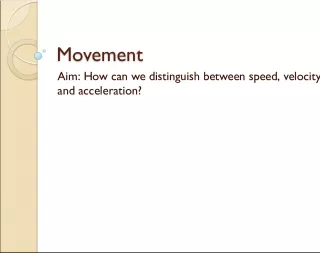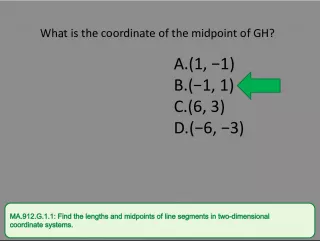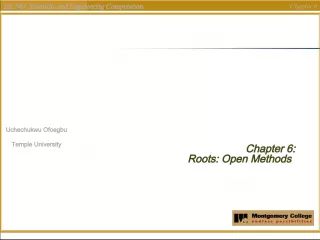Techniques for Finding Resultant Velocity of Vector Quantities
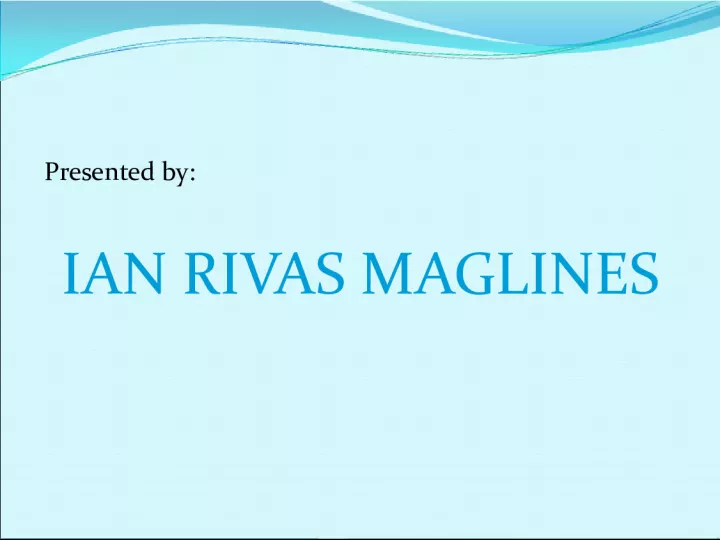

Join Ian Rivas Maglines in a 60-minute discussion about finding magnitude and direction angle using the Parallelogram Method and Trigonometric Ratios. Also learn how to solve vector quantities using the Sine Law and Cosine Law. The class includes various problem sets and a summary evaluation assignment.
- Uploaded on | 1 Views
-
 bojan
bojan
About Techniques for Finding Resultant Velocity of Vector Quantities
PowerPoint presentation about 'Techniques for Finding Resultant Velocity of Vector Quantities'. This presentation describes the topic on Join Ian Rivas Maglines in a 60-minute discussion about finding magnitude and direction angle using the Parallelogram Method and Trigonometric Ratios. Also learn how to solve vector quantities using the Sine Law and Cosine Law. The class includes various problem sets and a summary evaluation assignment.. The key topics included in this slideshow are . Download this presentation absolutely free.
Presentation Transcript
2. Presented by: IAN RIVAS MAGLINES
3. This is a 60-minute discussion about the techniques used in finding the magnitude and direction (angle) of the Resultant Velocity of vector quantities forming right angles. The methods used are the Parallelogram Method and the Basic Trigonometric Ratios (SOHCAHTOA) which could then be verified using the Pythagorean Theorem. The class also discusses further about the Sine Law and Cosine Law which are used in solving vector quantities which are not forming right angles. The class contains the following: Introduction The Basic Trigonometric Ratios The Parallelogram Method The Pythagorean Theorem Problem Sets The Sine Law and the Cosine Law Problem Sets Summary Evaluation/Assignment
4. Introduction
5. The Basic Trigonometric Ratios
6. SOH CAH TOA Sine θ = Opposite/Hypotenuse Cosine θ = Adjacent/Hypotenuse Tangent θ = Opposite/Adjacent
7. The Parallelogram Method V 2 V 1 V R V 2 V 1 V R
8. The Pythagorean Theorem If we let c be the length of the hypotenuse and a and b be the lengths of the other two sides, the theorem can be expressed as the equation: c 2 = a 2 + b 2 or, solved for c :
9. If we let a = V 1 , b = V 2 and c = V R The equation is now:
10. Examples: 1. The compass of an airplane indicates that it is headed due north, and its airspeed indicator shows that it is moving through the air at 240 km/hr. If there is a wind of 100 km/hr from west to east, what is the velocity of the airplane relative to the earth? Given: V P/A = 240 km/hr due north (N) V A/E = 100 km/hr due east (E) Find: V P/E or V R
12. V P/A = 240 km/hr due north (N) V A/E = 100 km/hr due east (E) O= V A/E A = V P/A H = V R N E V P/A V A/E V R θ O A H
13. A= V P/A = 240 km/hr due north (N) SOHCAHTOA O= V A/E = 100 km/hr due east (E) H = V R N E V P/A V A/E V R θ O A H Find θ (direction): tan θ = tan θ = 0.42 θ = tan -1 (0.42) θ = 22.78 o E of N Find magnitude of V R : sin θ = sin θ V R = V A/E V R = V A/E / sin θ = 100 km/hr/ sin 22.78 = 256. 41 km/hr Therefore, the velocity of the airplane relative to the earth is 256. 41 km/hr at 22.78 o E of N
14. 2. A motor boat traveling 4 m/s, East encounters a current traveling 3.0 m/s, North. a. What is the resultant velocity of the motor boat? b. If the width of the river is 80 meters wide, then how much time does it take the boat to travel shore to shore? c. What distance downstream does the boat reach the opposite shore?
15. Let O= V W = 3.0 m/s N A = V B = 4.0 m/s E H = V R Find direction: tan θ = (opposite/adjacent) tan θ = (3/4) θ = invtan (3/4) θ = 36.9 degrees Find magnitude of V R : V R = V B / cos θ = 4 m/s / cos 36.9 = 5.0 m/s
16. b. ∆t= ∆d / V av = 80m / 4 m/s = 20 s c. ∆d = (V av )(∆t) = (3 m/s)(20 s) = 60 m
17. Practice Problems: 1. A person can row a boat at the rate of 8.0 km/hr in still water. The person heads the boat directly across a stream that flows at the rate of 6.0 km/hr. Find its resultant velocity. 2. In flying an airplane, a pilot wants to attain a velocity with respect to the ground of 485 km/hr eastward. A wind is blowing southward at 42.0 km/hr. What velocity must the pilot maintain with respect to the air to achieve the desired ground velocity?
